Homecoming: the young photographer reconnecting with the roots of Russia’s indigenous Mari people
Contemporary Russia encompasses a great diversity of cultures and ethnicities — from indigenous populations, such as the Buryat, Tatar or Nenets peoples, to traditions brought to the country by migrants and diasporas. It’s a side of Russia that often goes unnoticed, erased by a century of cultural homogeneity promoted by the Soviet regime, and further compounded by modern-day globalisation.
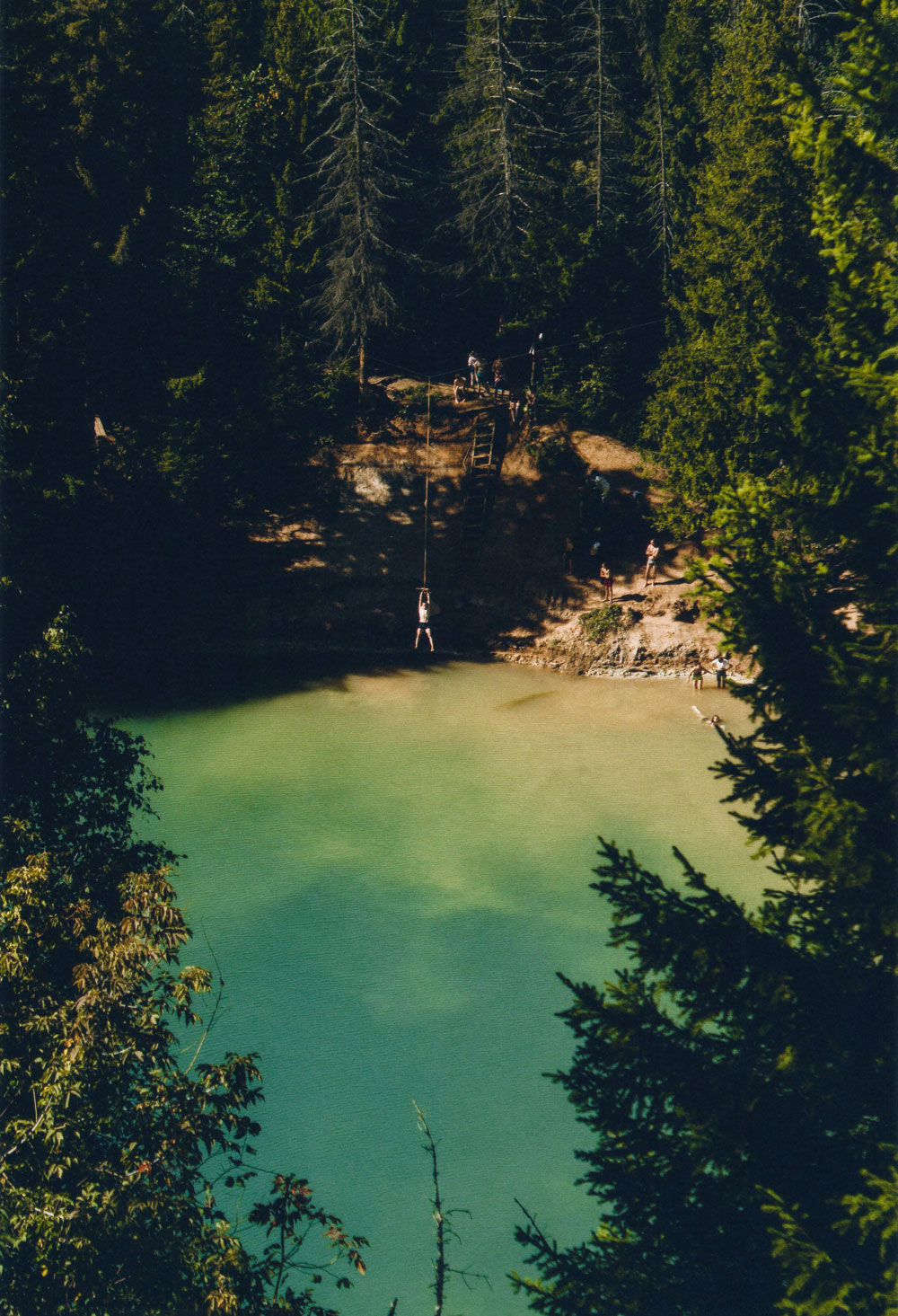
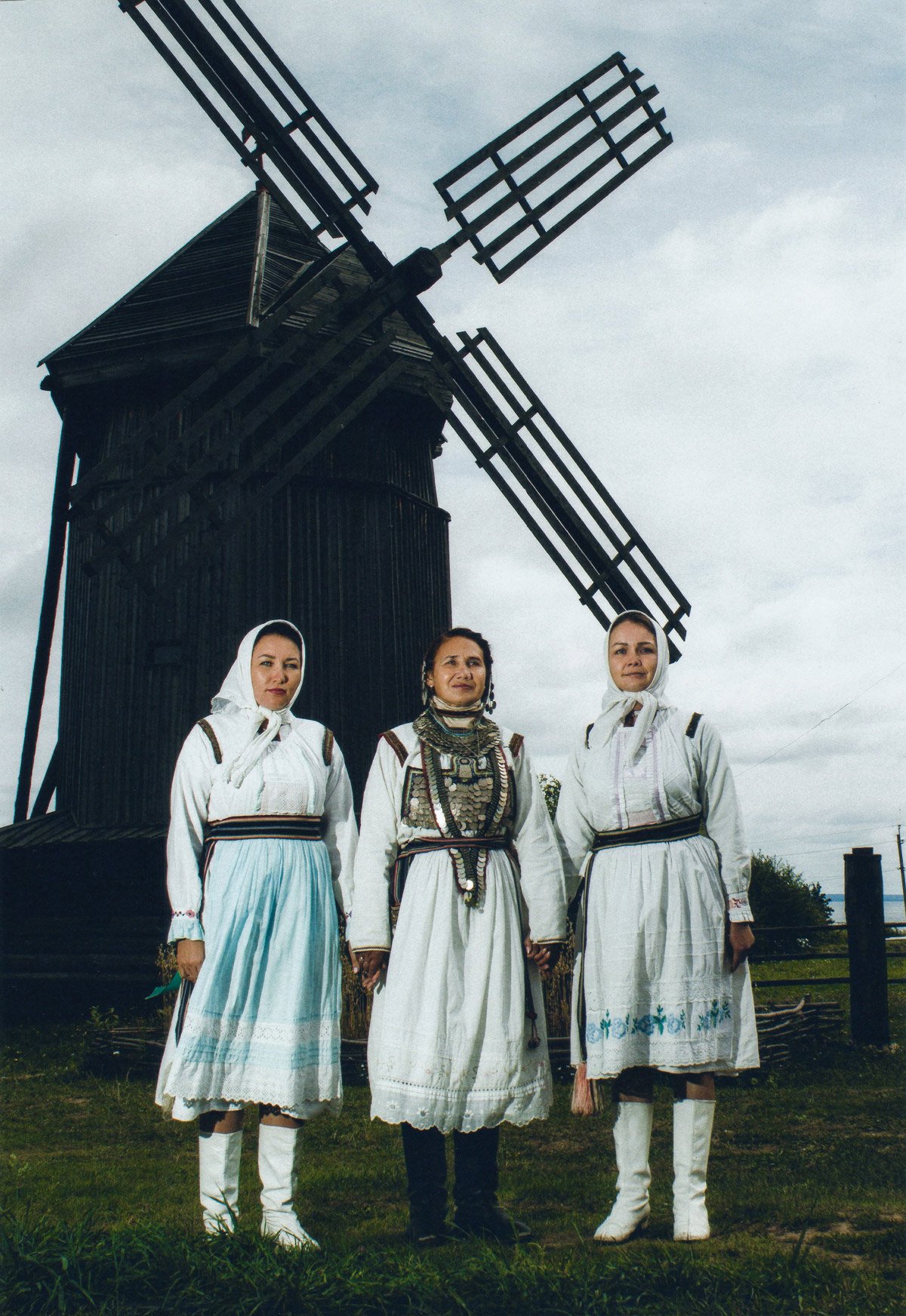
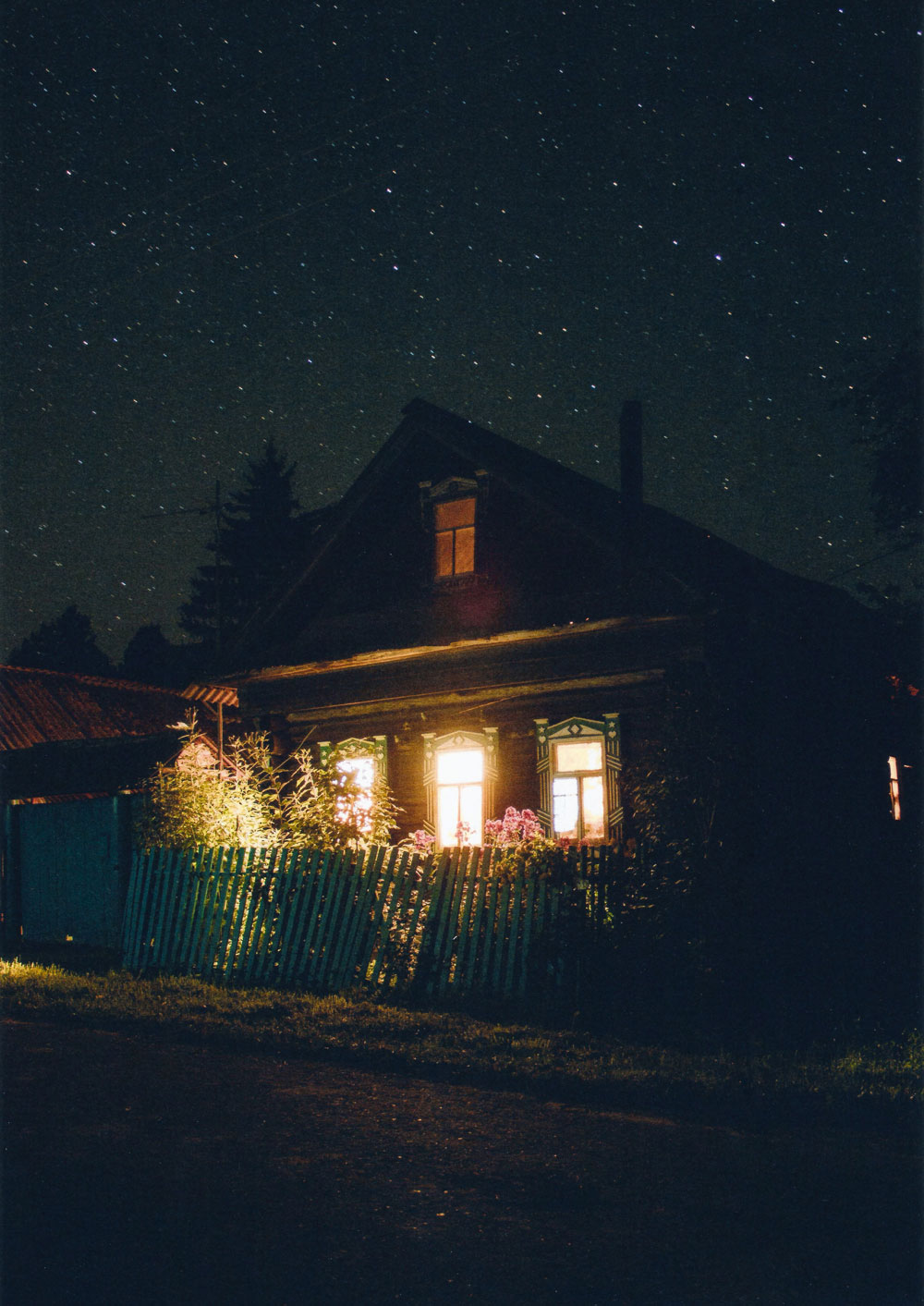
For young people who have grown in a world of global connections, coming back to their roots is a question of identity, and a journey of discovery and remembrance. For Russia Z, photographer Dima Komarov travelled to his native Mari El Republic to capture the traditional Mari culture he grew up with.
Komarov first got into photography in 2015 by taking pictures of his friends and peers. Thanks to his uniquely earnest and playful vision, their faces ended up being exhibited in New York, London, and Amsterdam, and printed in magazines worldwide.
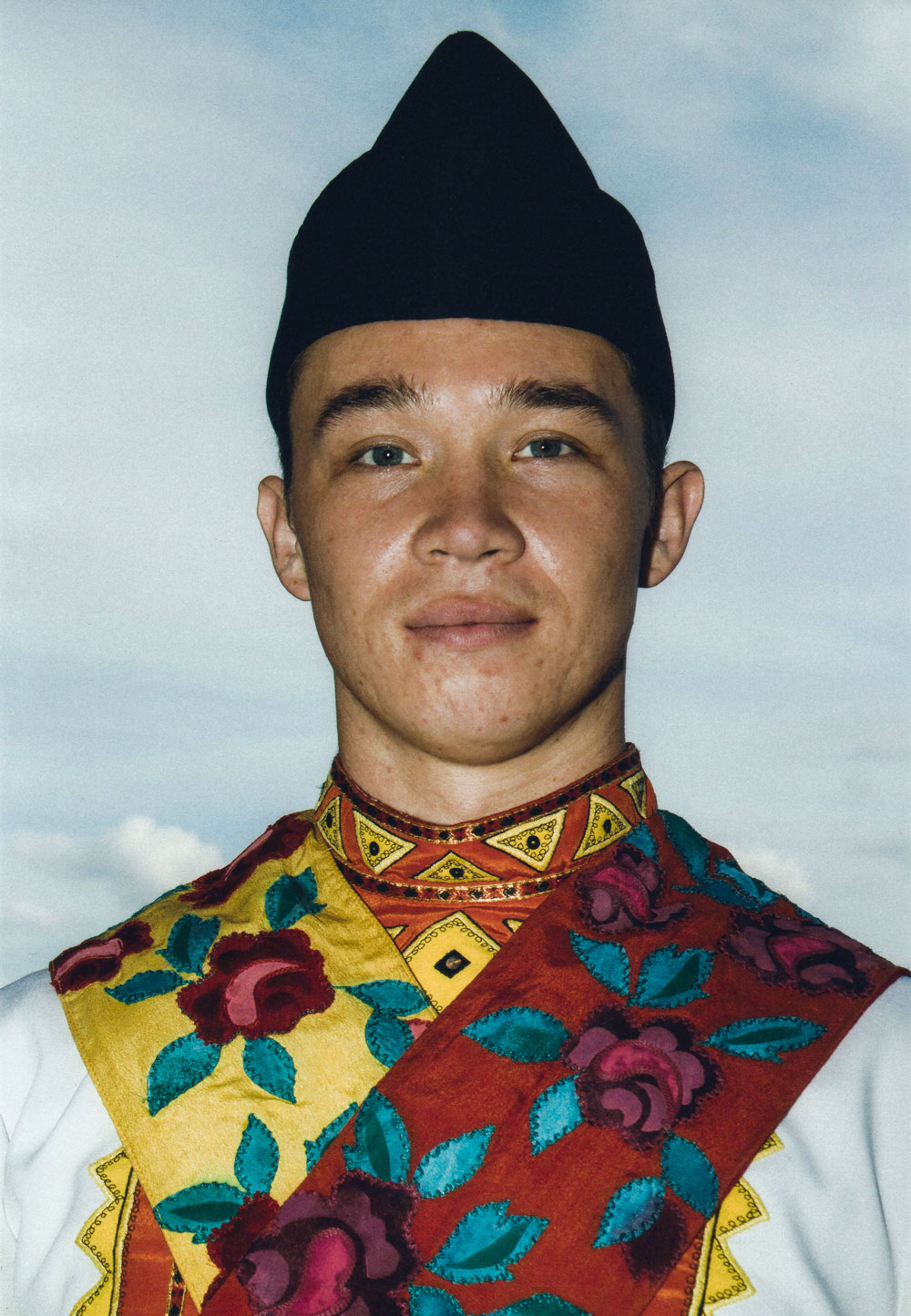
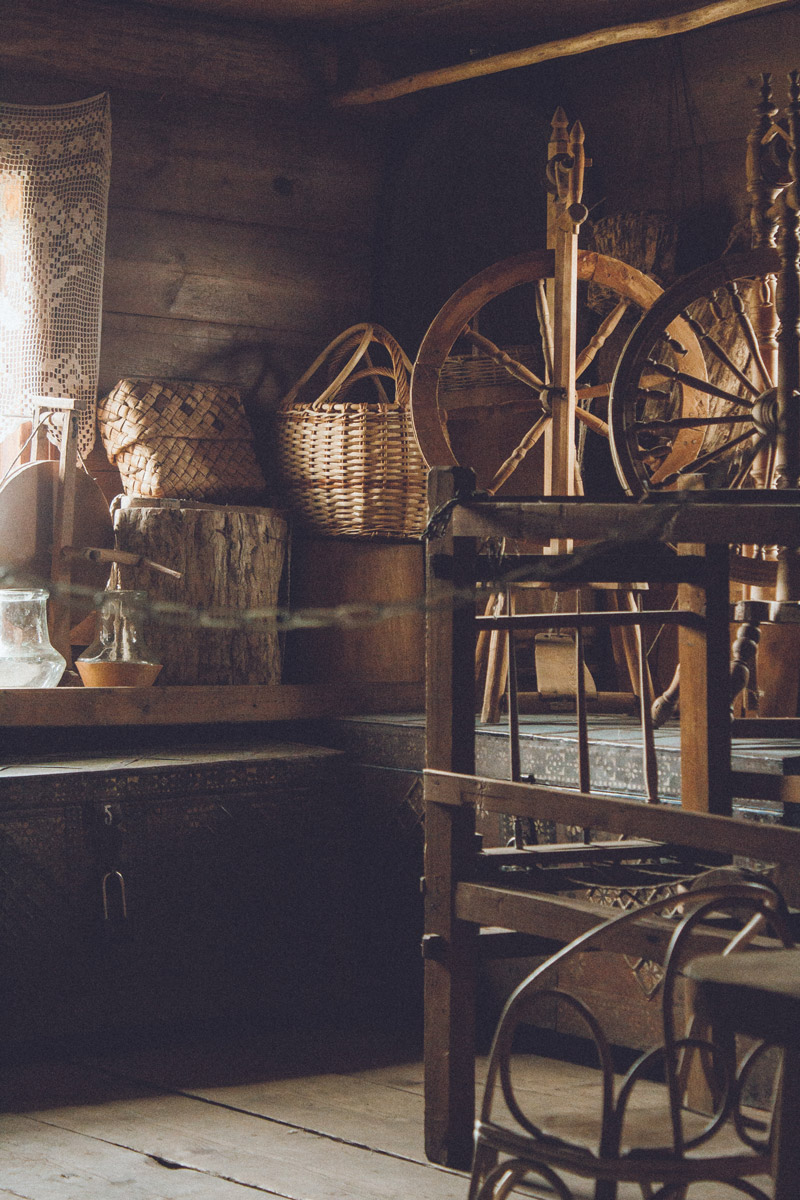
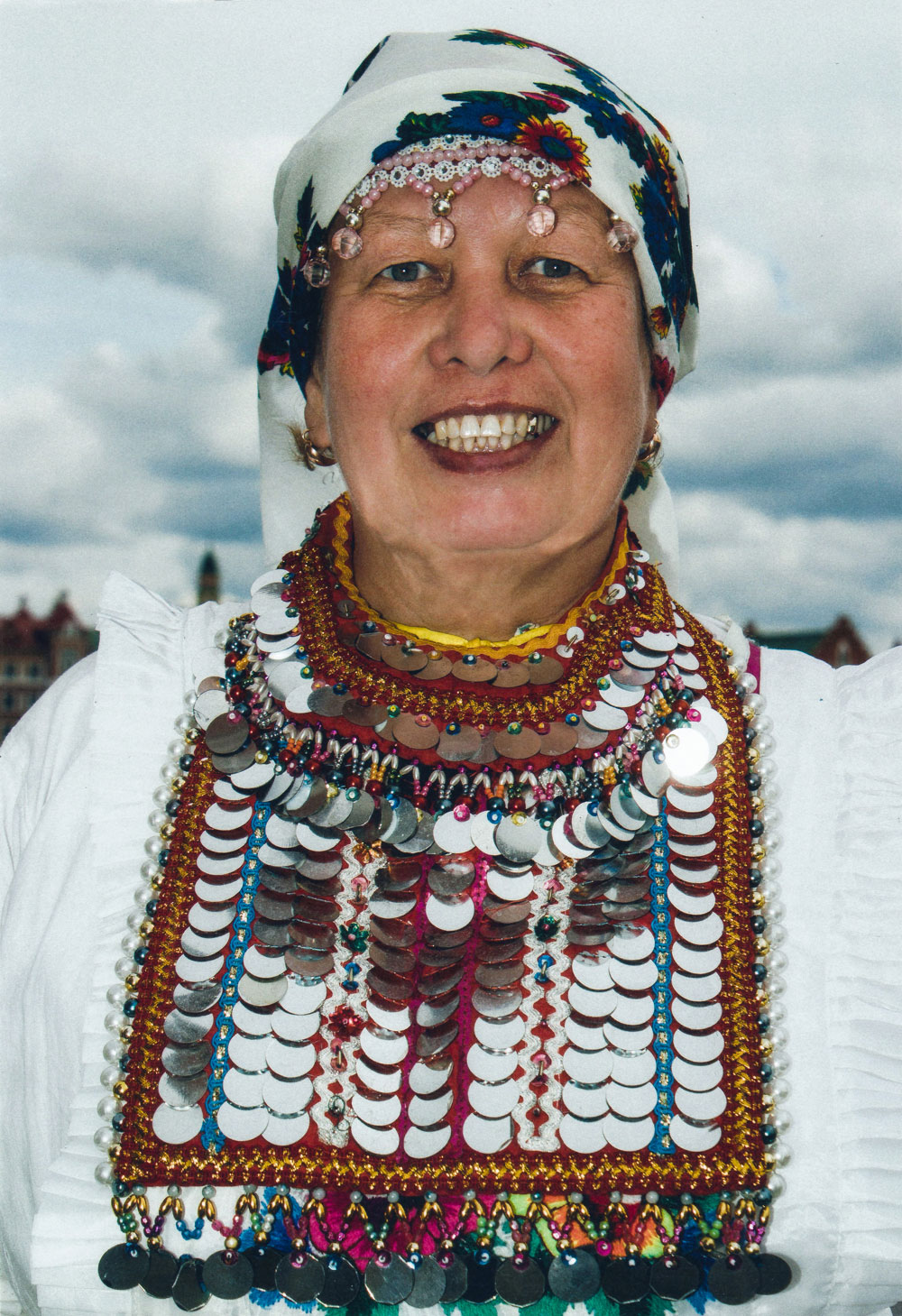
But although he’s famous for his portraits of Gen Z Russians, Komarov never completely identified as Russian himself, and acknowledges the significant influence of his native Mari culture on how he perceives himself. For this project, he used his global perspective to capture the rich Mari heritage and what it means to him.
“I visited my grandmother in my native village of Verkniy Kugener,” Komarov recalls. “In most of the local villages, people mainly speak the Mari language. Time seems to have stood still there and very little changes — only that people keep getting older and the population shrinks. Civilisation hasn’t reached these places. There is no running water or gas, and the mobile internet only stays stuck in ‘E’ mode.”
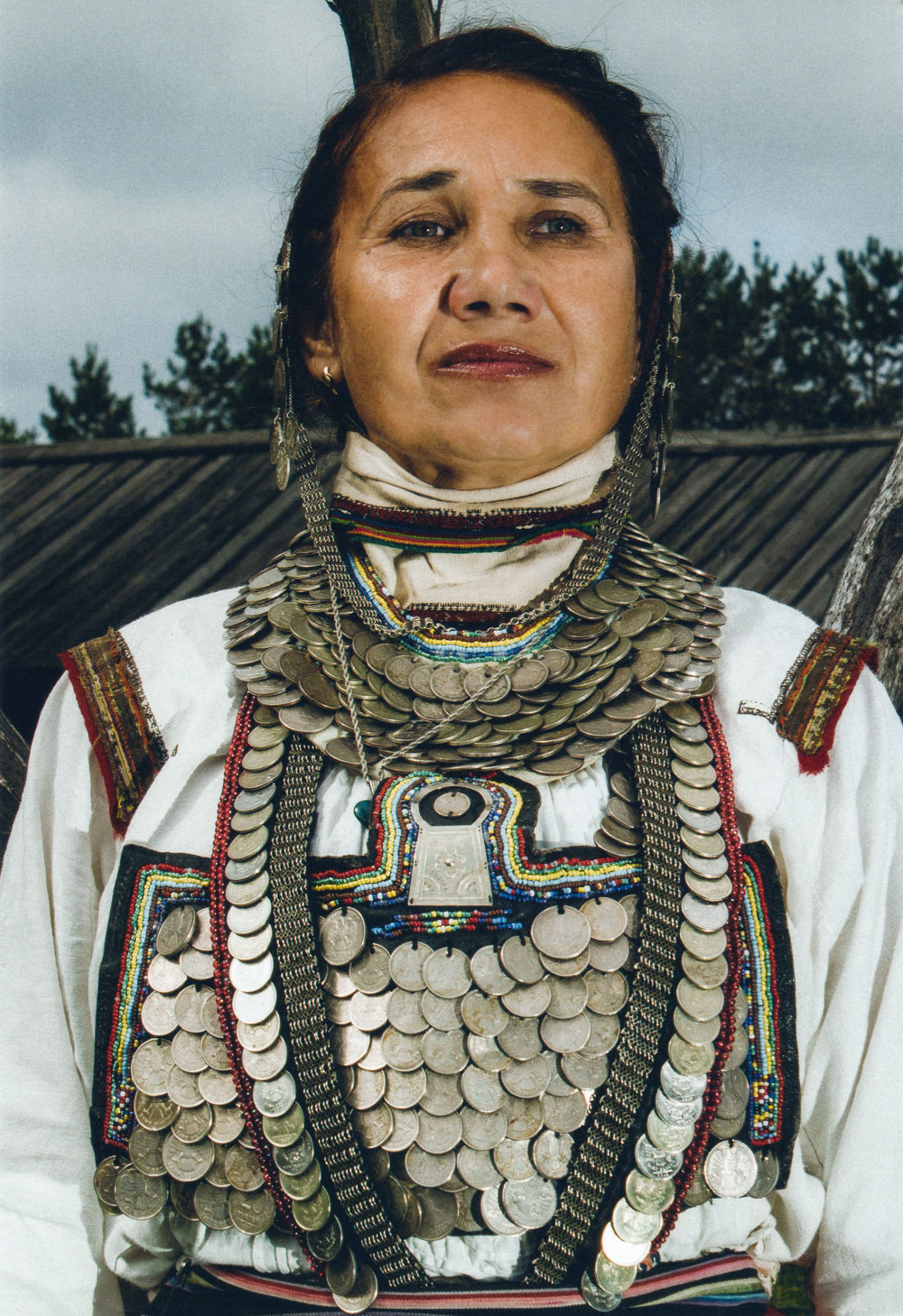
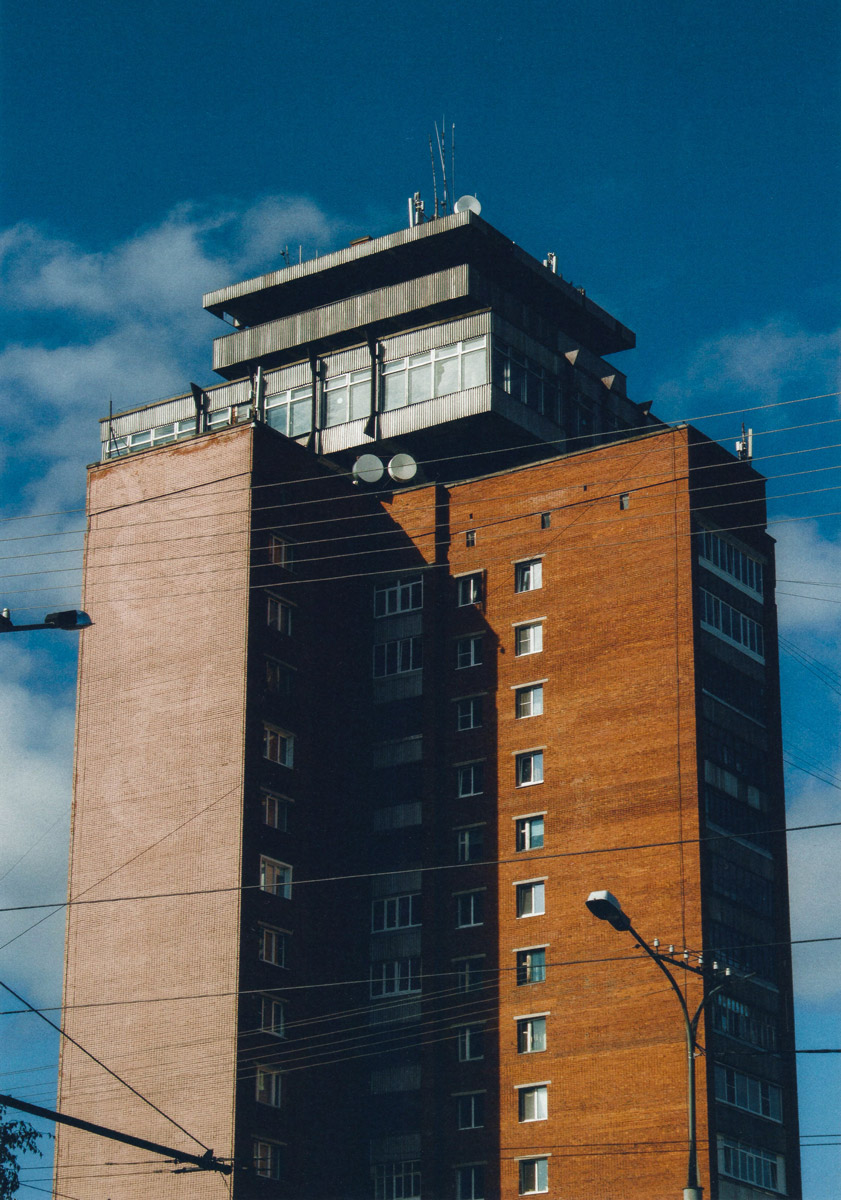
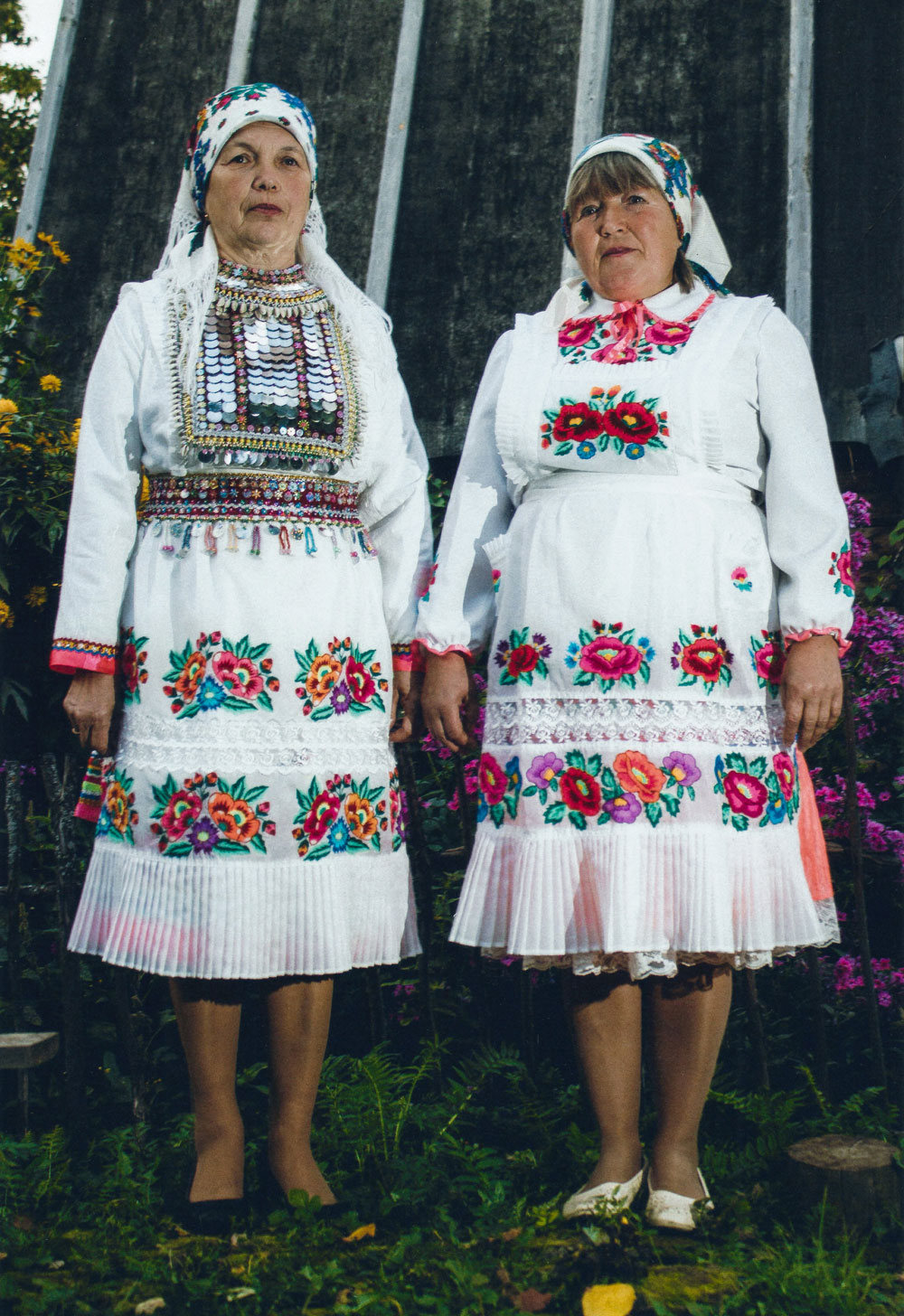
He also photographed architecture in Yoshkar-Ola, the capital of Mari El Republic, the ethnographic museum in the town of Kozmodemyansk, and a local lake known as the Morskoy Glaz (“Sea Eye”) next to Shariboksad village — a stunning blue body of water surrounded by emerald pines. For Komarov, these places are more than points on the map — they are illuminated by his memories and personal connection to local culture.
“Traditional Mari people are pagans with their own customs, superstitions, celebrations, and ceremonies, usually held in sacred groves. I experienced it all throughout my childhood and my teens,” he remembers. “At one ceremony in the sacred grove, I saw the sacrifice of animals. It was all very serious and had an aura of mysticism. People cooked traditional dishes and carried them to the grove where they used to make traditional stews and porridge. I also have a lot of childhood memories of traditional Mari music and dances”.

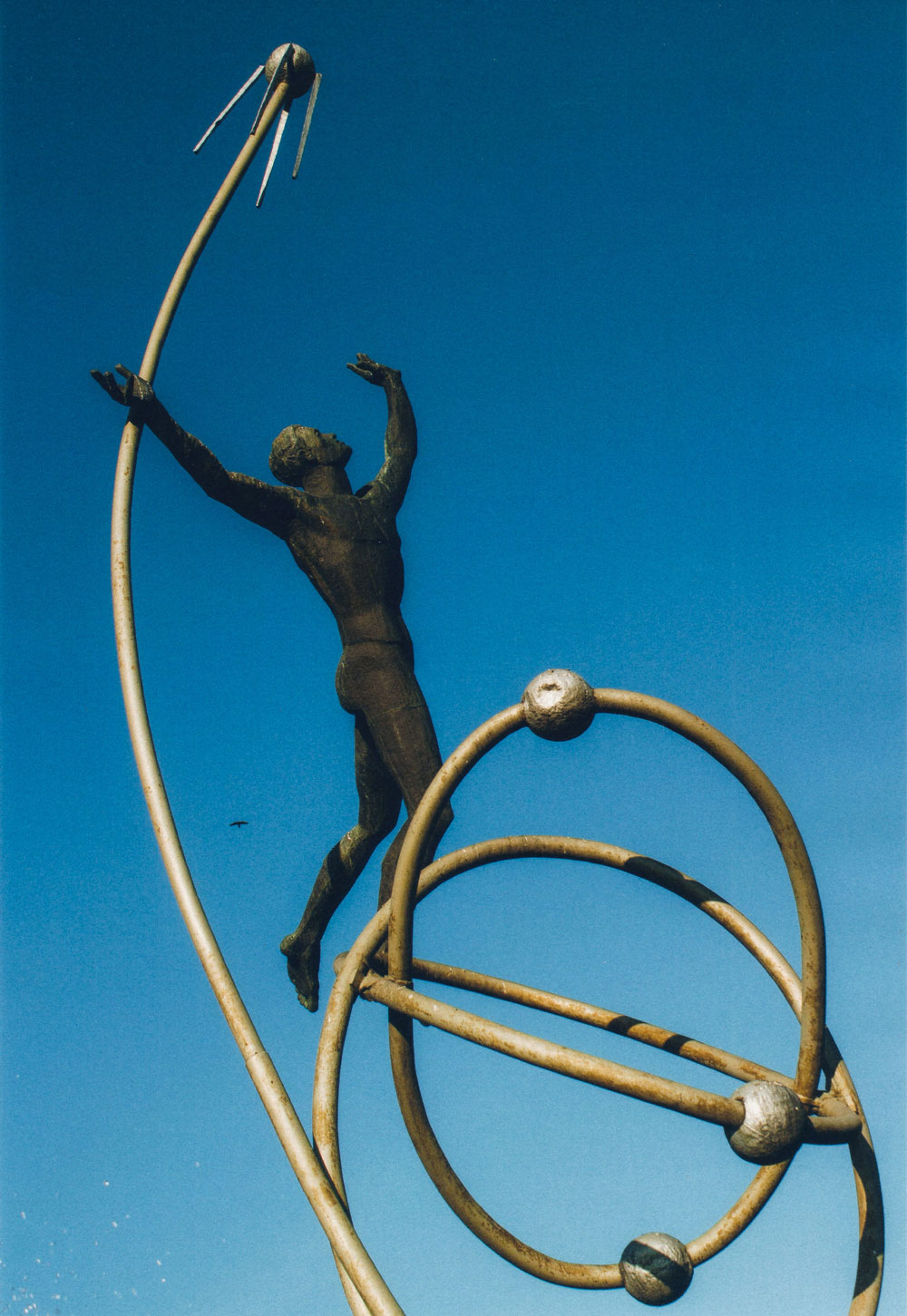
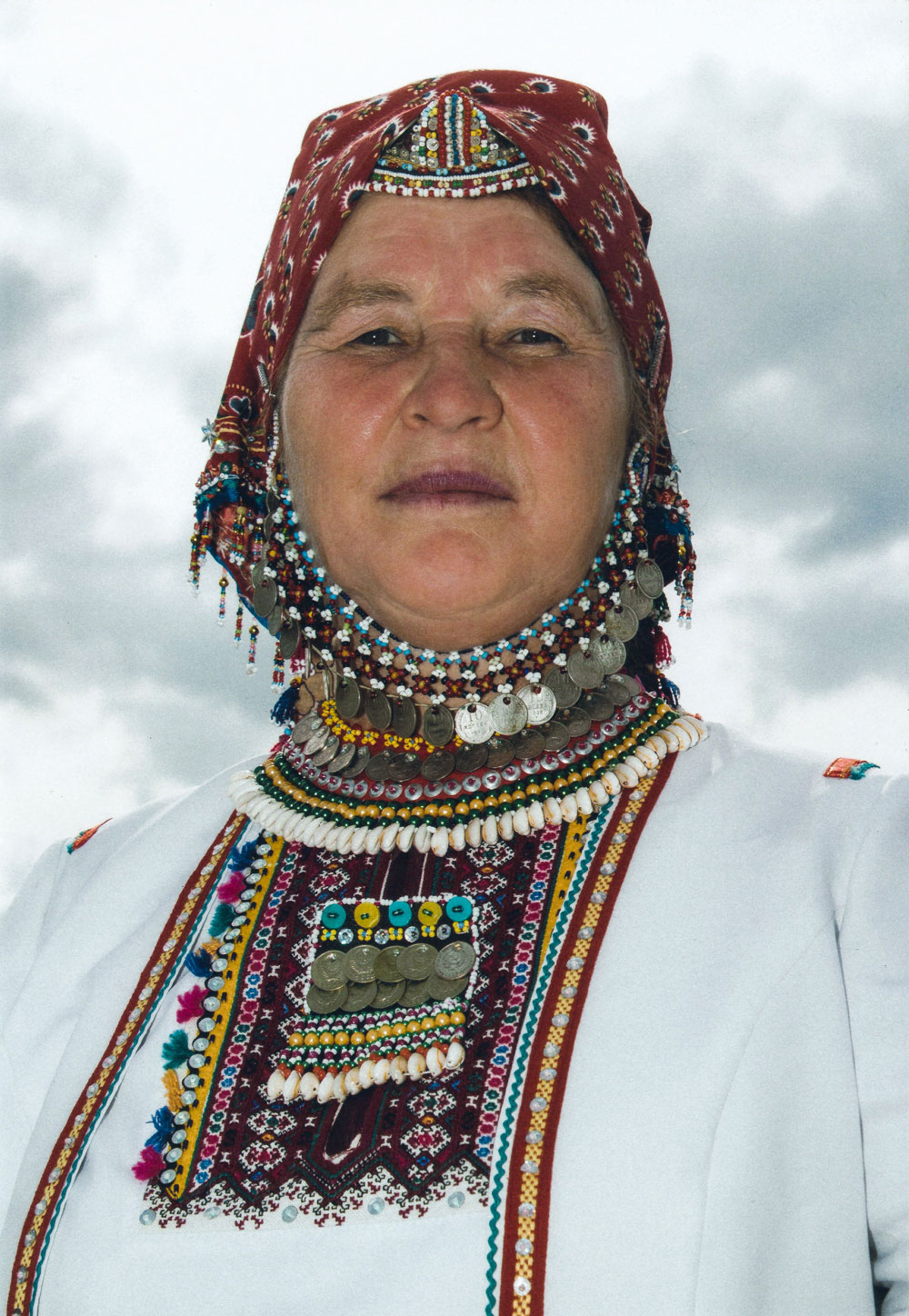
Komarov took most of the portraits of the Mari in their traditional costumes in his native village. He also worked at the festival of Mari radio, where the celebrations and songs are held entirely in the Mari language. “There are many costumes for different purposes: for ceremonies, prayers, or weddings. All of the costumes have sophisticated, beautiful embroidery, symbols which can bring luck and good energy and ward off evil spirits. Almost every costume has the colour red. Men traditionally wear canvas shirts and trousers. Traditional jewellery for women, meanwhile, can weigh as much as 35kg,” he explains.
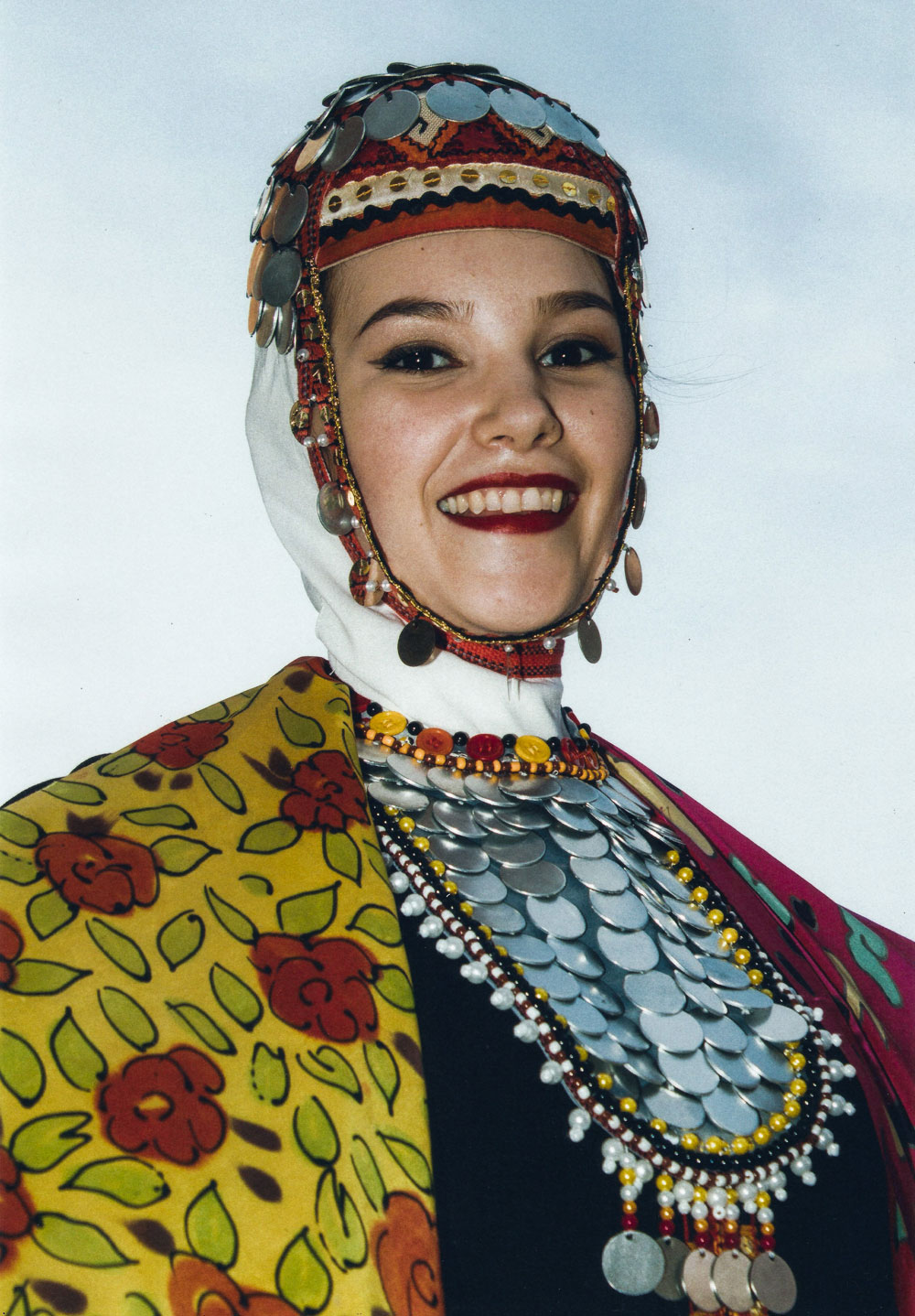
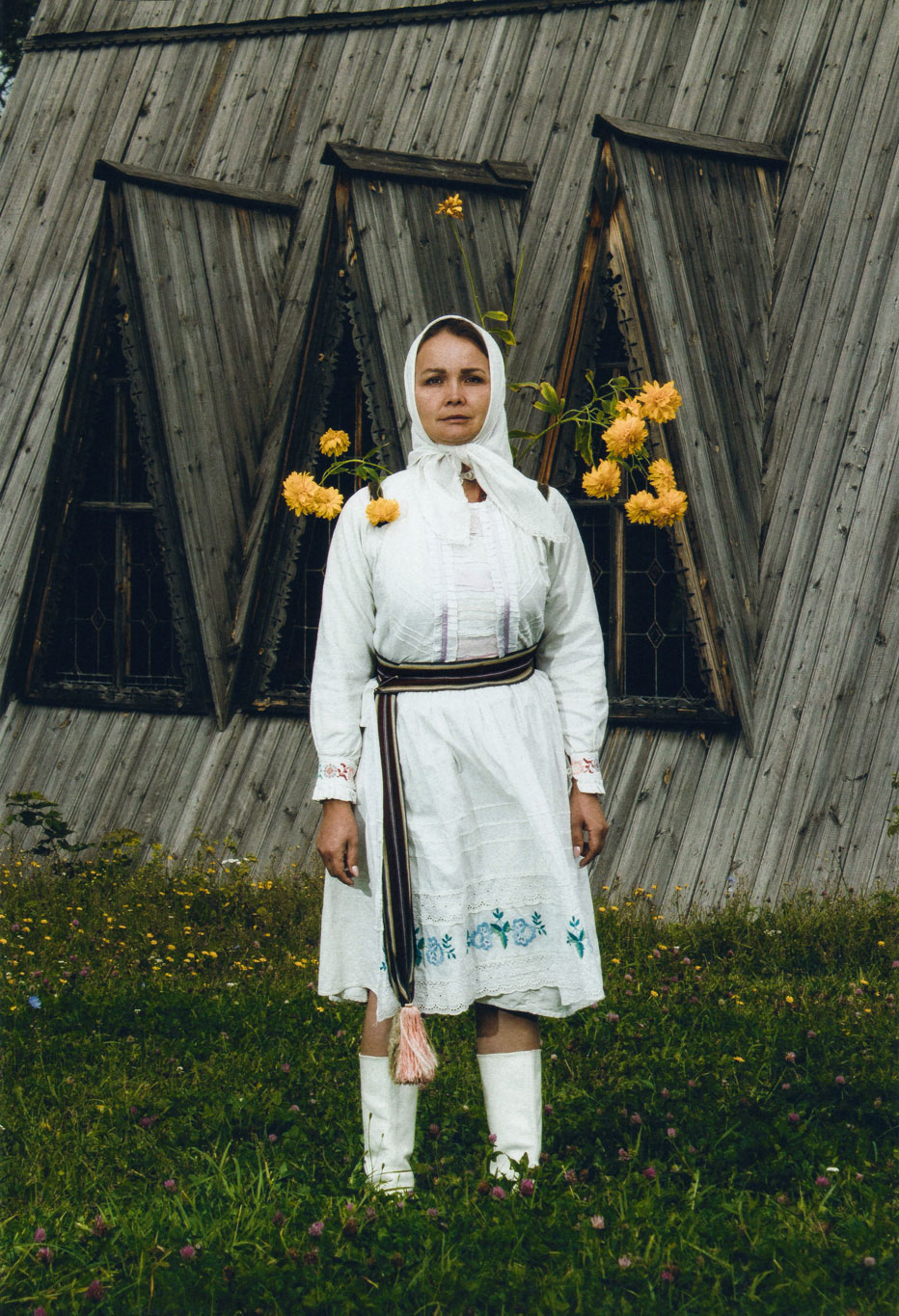
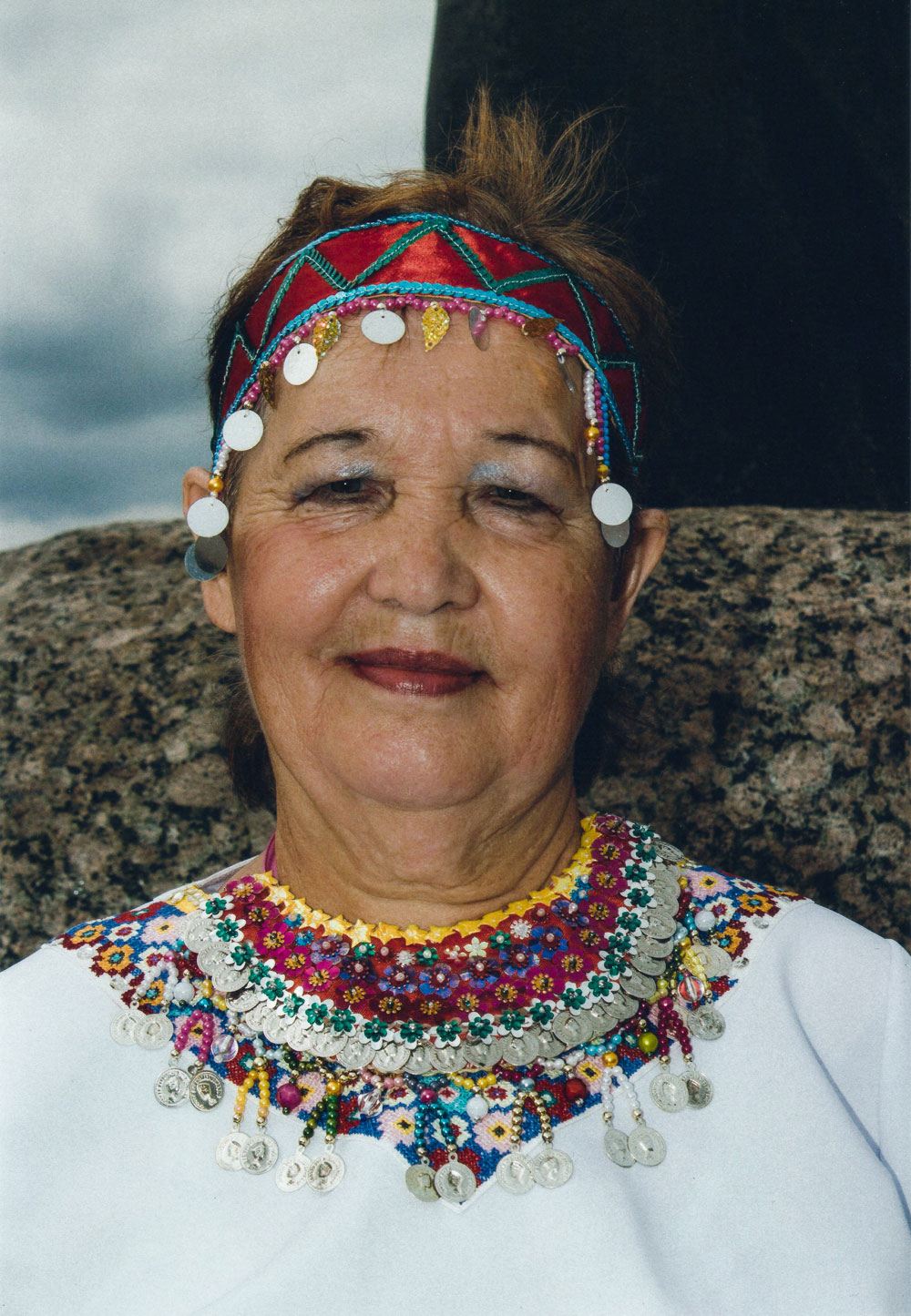
Komarov’s visual study of Mari culture shows that there is no right or wrong way to relate to one’s heritage — it’s a journey not only across the physical landscape, but the landscape of your memories and emotions. “Every time I’m in my my native town and my grandma’s village, I feel endless love for my native culture and the places where I grew up,” he says. “Even though I sometimes feel like the culture is fading slowly, I hope that people who discover the new interest in Mari traditions will preserve and develop them.”